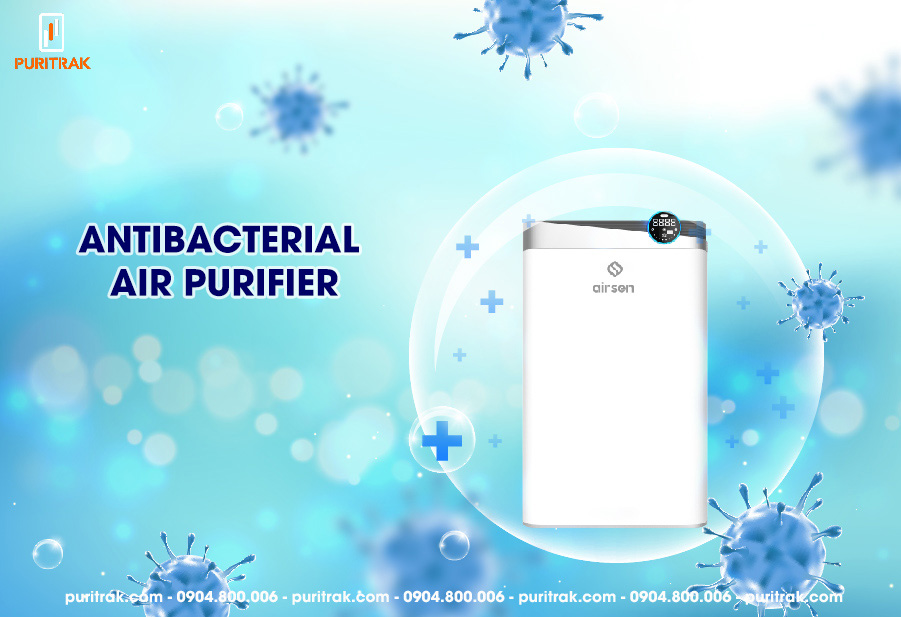
Air purifiers equipped with antibacterial features are increasingly popular in the market, offering various superior functions to meet customers’ needs. Among them, the antibacterial air purifier plays a role in eliminating bacteria in the air. The question arises: is the machine effective? Let’s follow the article to find the answer.
1. What is an antibacterial air purifier?
First of all, we need to understand what an air purifier is. An antibacterial air purifier is a device that utilizes filtration and antibacterial technologies to clean the air in living environments. It uses HEPA filters, ultraviolet (UV-C) light, negative ions, and other methods to remove dust particles, bacteria, and viruses from the air.
See more: Benefits of Air Purifiers
2. The operating principle of an antibacterial air purifier
The operating principle of an antibacterial air purifier relies on the combination of air filters and antibacterial filters to create a clean and safe air environment.
2.1. Air filters
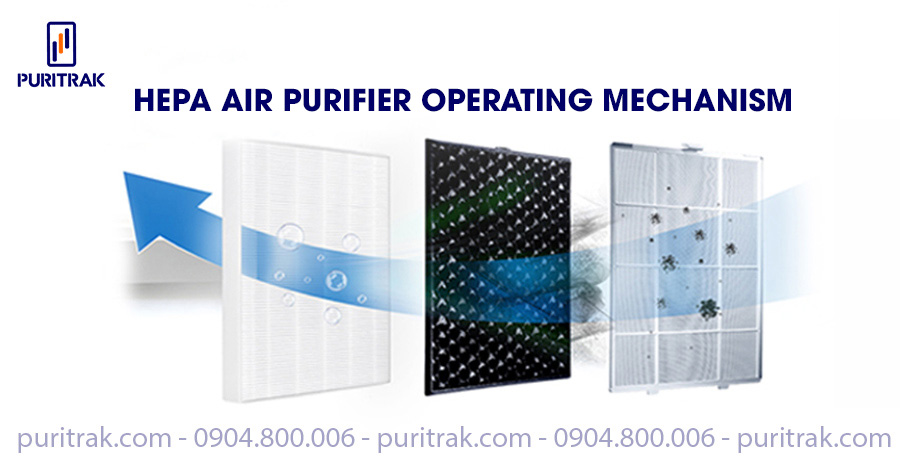
After the air is drawn in by the fan, it passes through various air filters, each performing a specific function to help the air purifier clean the air.
Pre-filter: This filter captures large dust particles, pollen, pet dander, and other solid substances present in the air. The pre-filter protects other filters from clogging and extends their lifespan.
Activated carbon filter: This is the second important filter of the air purifier. It uses activated carbon to absorb organic and chemical substances in the air, such as harmful compounds, odors, and smoke.
HEPA filter: This is the most crucial and premium filter of the air purifier, designed to remove small particles sized 0.3 microns with a filtration efficiency of over 99.97%.
See more: What is a HEPA air purifier? Structure and function of the HEPA air purifier
2.2. Ultraviolet (UV-C) light
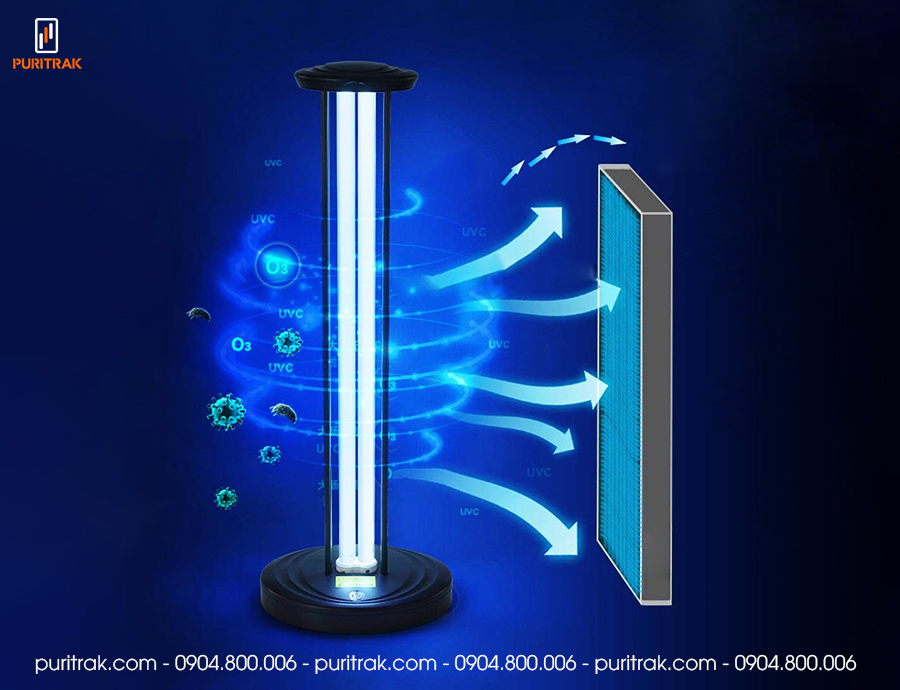
After passing through the air filters, the air continues through UV-C light to eliminate bacteria and viruses. UV-C light has the ability to destroy the genetic structure of bacteria and viruses, causing bactericidal effects. When the air passes through the UV-C lamps in the air purifier, disease-causing agents are destroyed and unable to reproduce.
2.3. Negative ions
Some air purifiers also use negative ion technology to kill bacteria. Negative ions are electrically charged molecules generated and emitted by the air purifier. These negative ions attach to dust particles, bacteria, and viruses in the air, causing them to lose their charge and fall to the ground or other surfaces. This helps remove disease-causing agents from the air.
3. Effectiveness of antibacterial air purifiers
3.1. Removal of dust particles and impurities
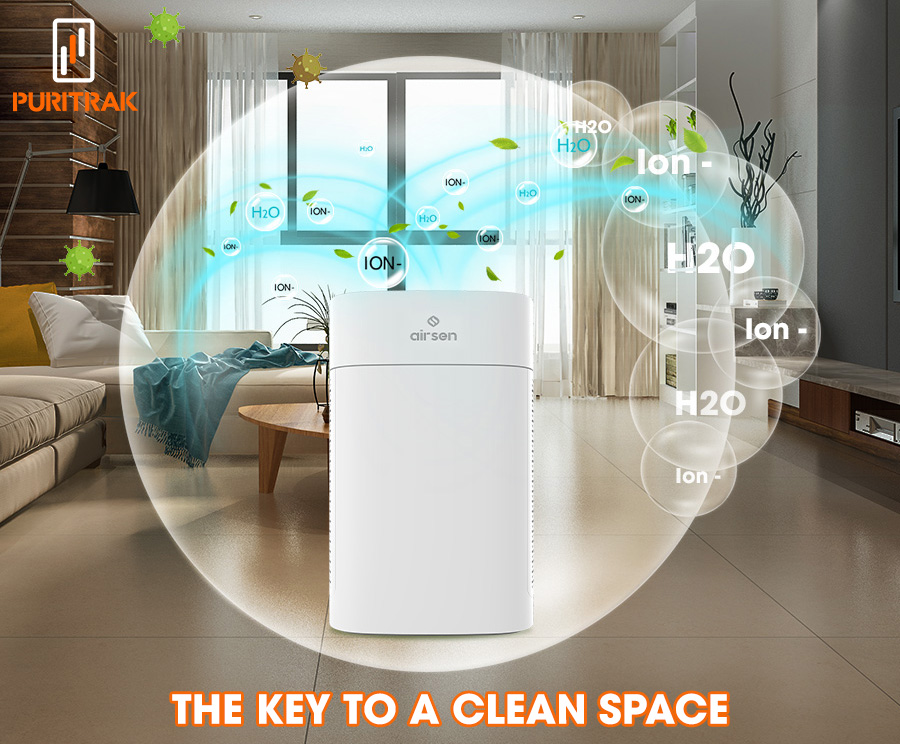
Antibacterial air purifiers, especially those equipped with HEPA filters, have the ability to remove ultra-fine dust particles from the air. This is particularly useful in preventing the inhalation of allergens and respiratory infections, thereby protecting the health of users.
See more: Can air purifiers remove odors?
3.2. Bacteria and virus elimination
The main function of antibacterial air purifiers is to kill bacteria and viruses in the air. UV-C rays can remove between 90% and 99% of bacteria and viruses, depending on usage conditions and UV-C intensity. This ensures a source of clean air for the room.
3.3. Effective odor removal
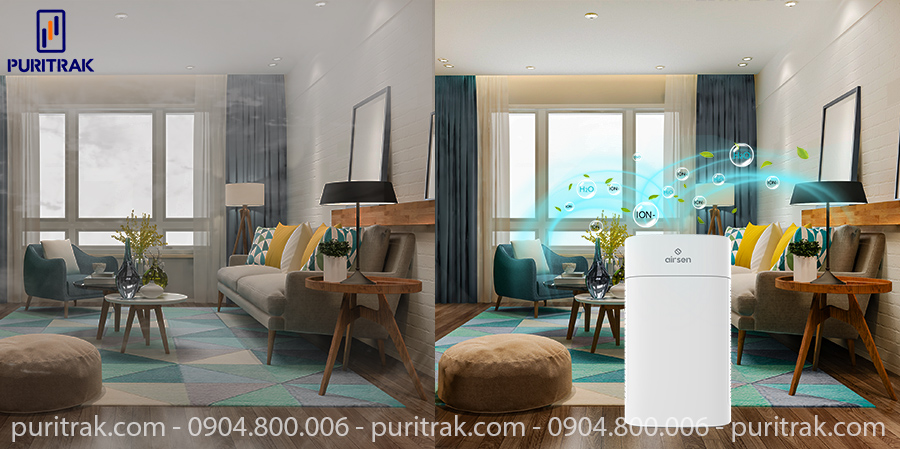
Thanks to the activated carbon filter, air purifiers effectively remove unwanted odors and hazardous chemicals from the air. This ensures that the indoor air is fresh and does not cause discomfort to users. Particularly, the removal of chemicals from the air helps protect our health from poisoning risks.
3.4. Improvement of air quality
Another function of air purifiers is to improve the air quality in living environments. Removing dust particles and bacteria from the air can reduce the risk of allergies, respiratory infections, and other health problems caused by air pollution. It also helps improve sleep quality and work productivity.
See more: 8 uses of air purifiers that not everyone knows
4. Limitations of antibacterial air purifiers
In addition to the above advantages, antibacterial air purifiers also have certain limitations, and users need to have a comprehensive understanding of their capabilities and limitations. Here are some important limitations of antibacterial air purifiers:
4.1. Cannot completely remove 100% of bacteria and viruses
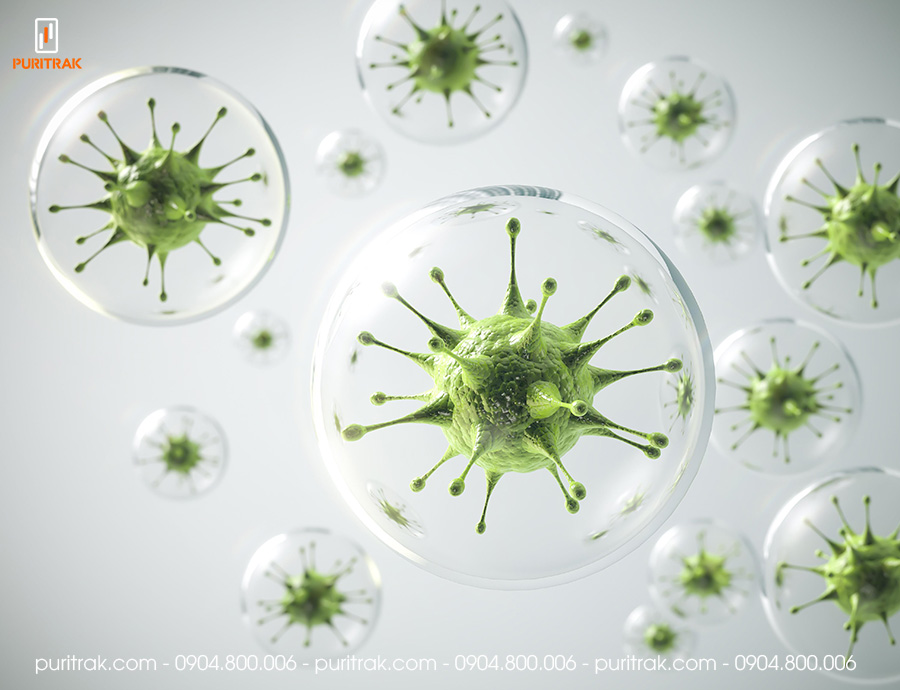
Although antibacterial air purifiers can remove bacteria and viruses, they cannot completely eliminate all of them. Some disease-causing agents may still exist in the air even though the air purifier is operating.
4.2. Effectiveness depends on usage conditions
The effectiveness of antibacterial air purifiers depends on various factors such as UV-C intensity, operating time, room size, and pollution level. In environments with high pollution levels, the machine may need to operate longer to achieve the desired effectiveness.
5. Criteria for choosing an effective air purifier
Choosing an effective antibacterial air purifier requires careful consideration based on various factors. Here are some important criteria you should consider to ensure that you choose a machine that suits your needs:
5.1. Filtration and antibacterial technologies
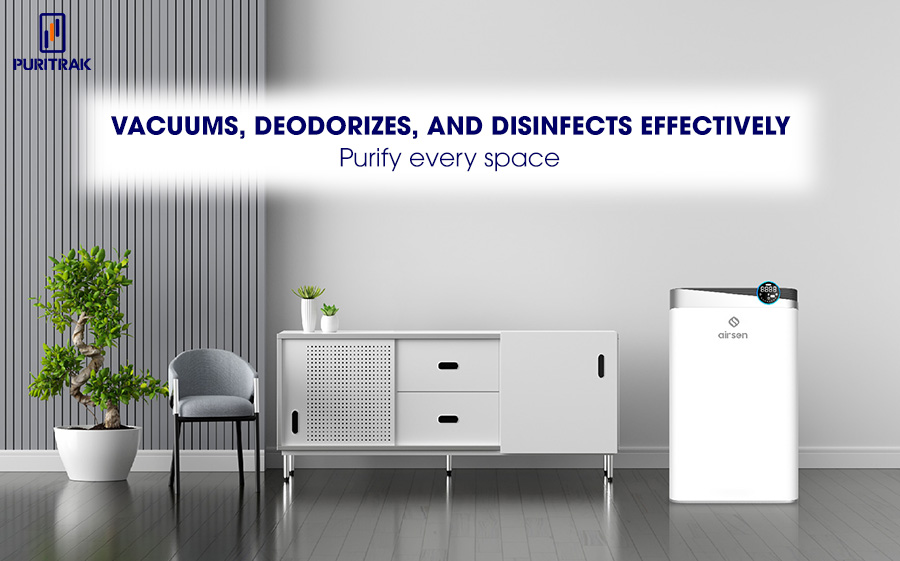
Choose a purifier with good filtration technology, including high-quality HEPA filters to remove dust particles and bacteria. If the machine integrates UV-C light or other antibacterial methods, make sure they are certified and have reliable performance.
5.2. Air purification efficiency
Check the air purification efficiency of the machine by considering the Clean Air Delivery Rate (CADR) index. This index indicates the machine’s ability to filter and provide clean air at a certain level. Choose a machine with a CADR suitable for the space you want to purify.
See more : What is CADR index?
5.3. Size and coverage area
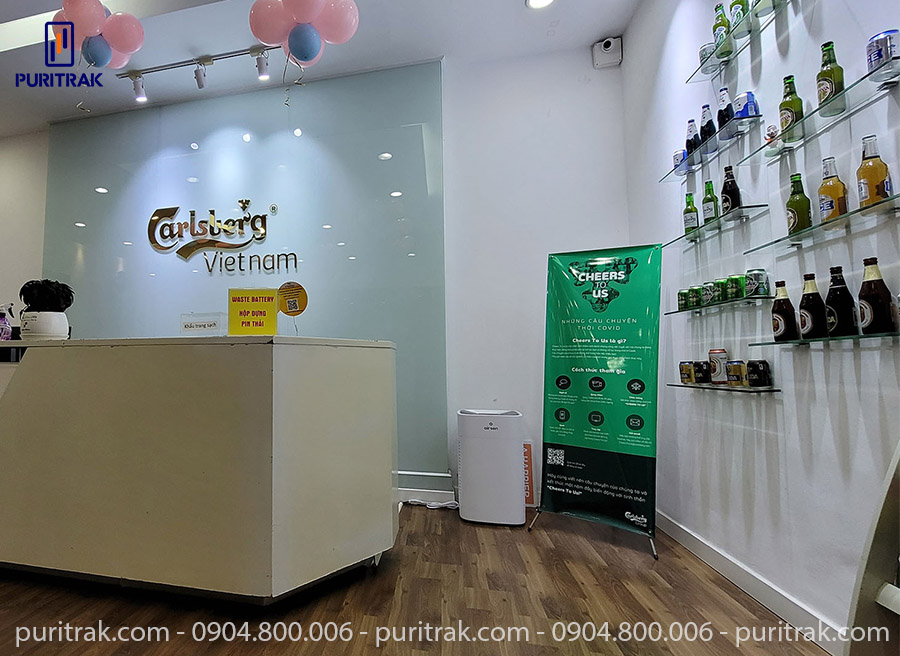
Determine the size of the space you want to purify. Choose a purifier with suitable coverage area capabilities. Do not choose a machine that is too large for a small space, as this may reduce its operating efficiency.
5.4. Power and noise level
For quiet sleeping or working spaces, consider the noise level of the machine. Choose a machine with an operating power that does not cause disturbance and does not affect sleep or work concentration.
5.6. Maintenance and filter replacement
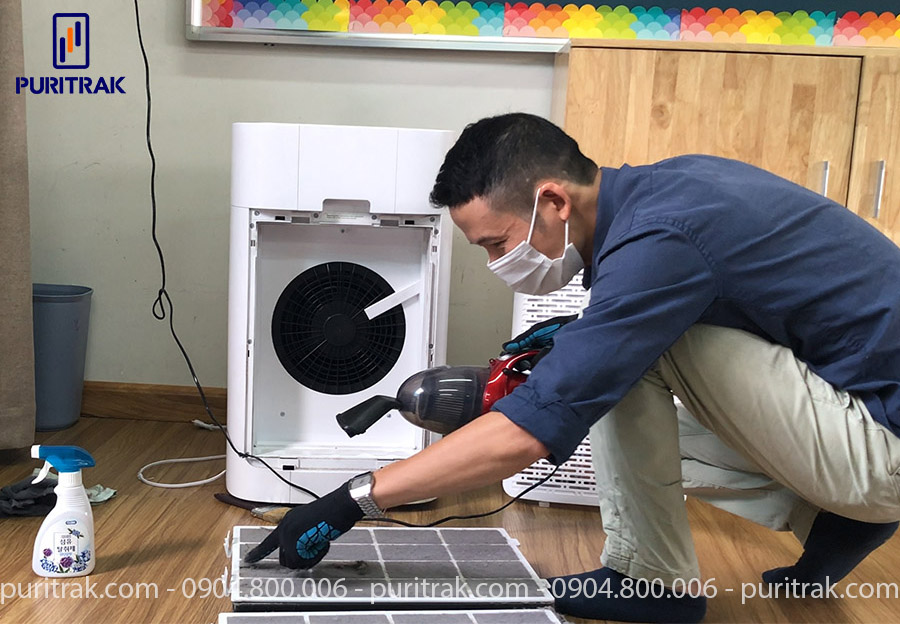
Learn about the maintenance frequency and filter replacement of the machine. Choose a machine with easily replaceable filters and reasonable maintenance costs.
5.7. User reviews
Research user reviews of specific products you are interested in. Read quality and performance reviews of the product to ensure you choose a good purifier from reputable brands.
5.8. Brand and warranty
Choose an antibacterial air purifier from recognized brands with good warranty policies. This ensures that you will receive support when there are issues with the product.
See more: The Airsen air purifier – What is it?
In conclusion, antibacterial air purifiers are effective in improving air quality in living environments. However, the actual effectiveness depends on the type of machine, the technology used, and how it is used. Before purchasing and using, users need to have a clear understanding of the technology and features of the machine to ensure that it meets their needs and expectations.
For information support about air purifiers, please contact the technical department at Puritrak using the information below. They will guide you and address any questions you may have.
Products and services from Puritrak:
- Puritrak Airsen AS488 air purifier
- Puritrak Airsen AS800 air purifier
- Indoor air quality measuring devices
- Outdoor air quality measuring device
- Air quality management solutions (AQM)
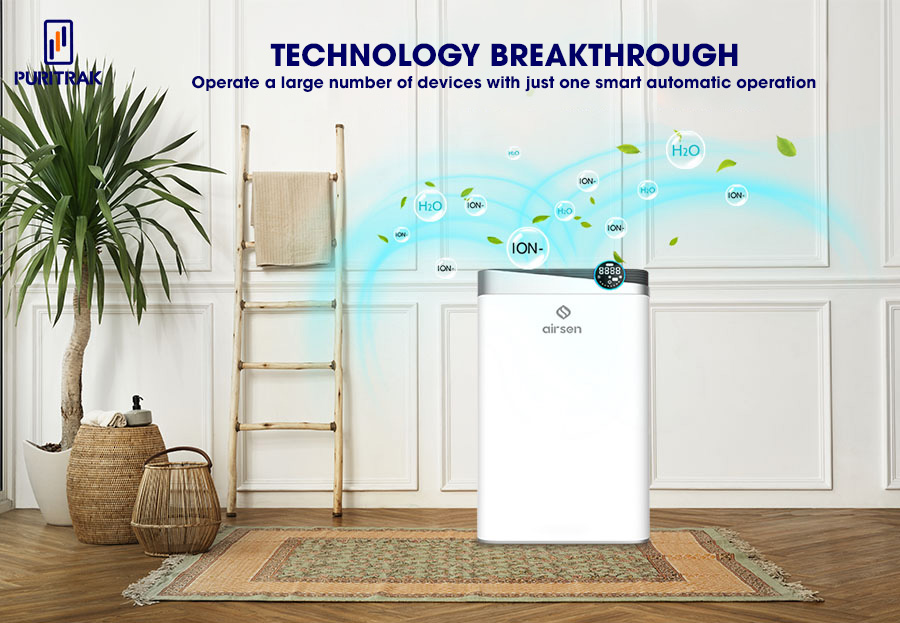
Contact info:
- Hotline: 0904.800.006
- Website: puritrak.com
- Email: [email protected]
- Fanpage: Puritrak


